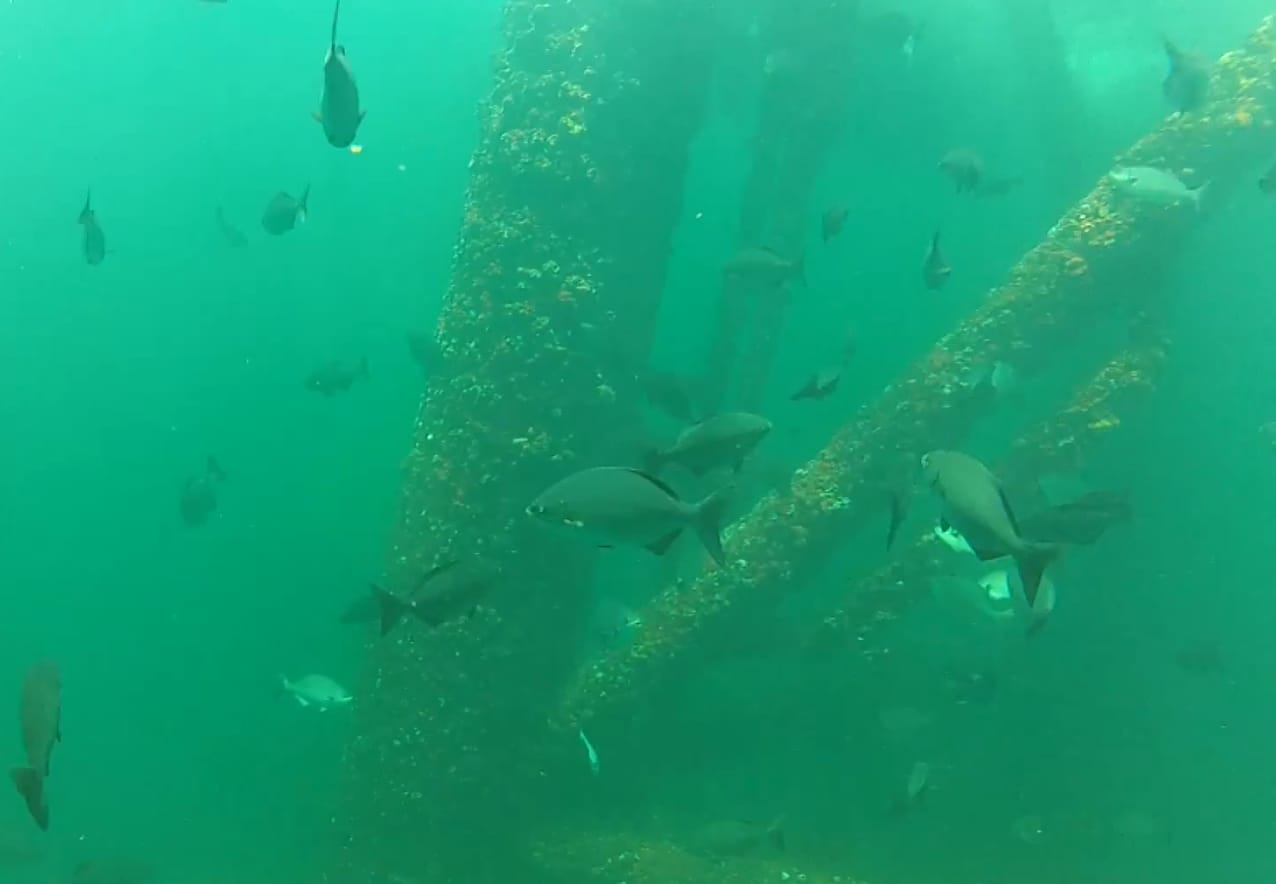Research Finds Abandoned Oil Rigs Vital to Gulf of Mexico Fish
OutdoorHub Reporters 11.14.13

Preliminary findings by Texas A&M University–Corpus Christi researchers has shown that more than 50 fish species in the Gulf of Mexico rely on decommissioned rigs for habitat. According to a press release by the university, the research was done in sites near Port O’Connor, Port Aransas, and Port Mansfield in Texas. Scientists found that in addition to red snapper, 51 other species called these abandoned rigs home for years at a time.
“There’s a lot of evidence that the red snapper populations we see today wouldn’t be here if we didn’t have all of these converted oil and gas platforms,” said Dr. Greg Stunz, Director of the newly created Center for Sportfish Science and Conservation (CSSC). “Red snapper is the most economically important fish in the Gulf of Mexico.”
As a result of their findings, the CSSC was awarded $600,000 in funds by the Texas Parks and Wildlife Department (TPWD) to further the center’s research on artificial reefs. The CSSC is described as a “first-of-its-kind” research facility focusing on sportfishing and conservation science.
Fishing near oil rigs is a popular practice for saltwater anglers, who can find an abundance of grouper, amberjack, kingfisher, and snapper around these sites. After they are decommissioned, these man-made structures can be developed into artificial reefs.
“There are about 4,000 of these rigs in the Gulf of Mexico,” said Stunz. “About 75 percent of those will be gone in the next 20 years, so we are very concerned that we get these rigs into reef programs so that they continue producing fish.”
Scientists plan on using the funds by the TPWD over the next four years to better understand the benefits from artificial reefs and their contribution to fisheries. For more information, a video concerning the program can be viewed below:

